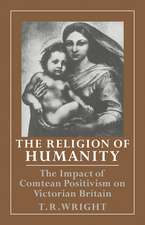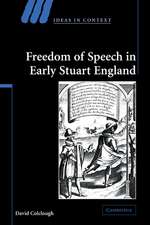Chartism
Autor Richard Brownen Limba Engleză Paperback
| Toate formatele și edițiile | Preț | Express |
|---|---|---|
| Paperback (5) | 111.06 lei 6-8 săpt. | |
| – | 111.06 lei 6-8 săpt. | |
| CREATESPACE – | 145.45 lei 6-8 săpt. | |
| CreateSpace Independent Publishing Platform – 12 dec 2015 | 145.86 lei 6-8 săpt. | |
| Cambridge University Press – 24 iun 1998 | 191.27 lei 6-8 săpt. | |
| CREATESPACE – | 225.84 lei 6-8 săpt. |
Preț: 111.06 lei
Nou
Puncte Express: 167
Preț estimativ în valută:
21.25€ • 23.08$ • 17.85£
21.25€ • 23.08$ • 17.85£
Carte tipărită la comandă
Livrare economică 23 aprilie-07 mai
Preluare comenzi: 021 569.72.76
Specificații
ISBN-13: 9781534981430
ISBN-10: 1534981438
Pagini: 338
Dimensiuni: 152 x 229 x 18 mm
Greutate: 0.45 kg
ISBN-10: 1534981438
Pagini: 338
Dimensiuni: 152 x 229 x 18 mm
Greutate: 0.45 kg
Cuprins
Introduction: Chartism - a question of interpretation; 1. The emergence of Chartism; 2. Who were the Chartists?; 3. The Chartist Leadership; 4. Chartism:phase 1, 1836-40; 5. Chartism: phase 2, 1840-42; 6. Chartism: phase 3,1843-48; 7. 'The Charter and something more'.
Descriere
Descriere de la o altă ediție sau format:
This book considers the ways in which working people in the nineteenth century sought justice through the Chartist movement.
This book considers the ways in which working people in the nineteenth century sought justice through the Chartist movement.




















